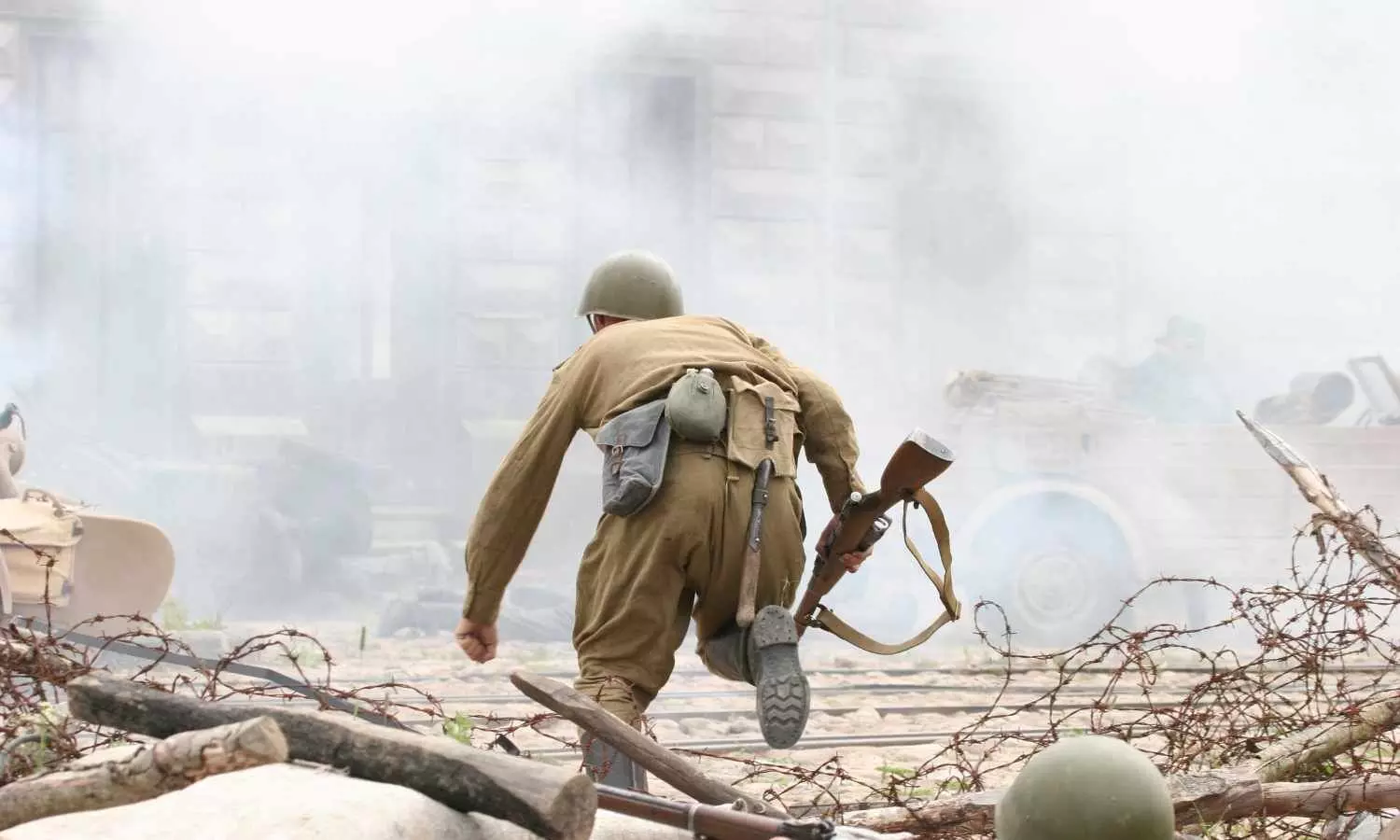Solutions to ending wars
Explore practical and sustainable solutions to ending wars, including diplomacy, conflict resolution, economic cooperation, education, and international peacebuilding efforts.
Solutions to ending wars

Ending wars requires a multifaceted approach including peaceful conflict resolution, addressing root causes like poverty and inequality, promoting education and tolerance, and fostering international cooperation. Mediation, peacekeeping efforts, and sanctions, when appropriate, can also play a role.
International organizations can play a crucial role by promoting peaceful methods for settling disputes and encouraging their use by conflicting parties.
Poverty, inequality, and lack of opportunity can fuel conflicts. Promoting economic development, reducing poverty, and creating access to education can help address these underlying issues.
Neutral third parties can facilitate negotiations and peacekeeping forces can help de-escalate conflicts and create a safer environment for dialogue.
Neutral third parties can facilitate negotiations and peacekeeping forces can help de-escalate conflicts and create a safer environment for dialogue.
Sanctions and international pressure can deter aggression in some cases.
Civil society organizations and individuals can play a crucial role in raising awareness and advocating for peaceful solutions.
Recognizing that there may be perceived injustices on all sides, being willing to forgive and seek forgiveness, and refraining from belligerence can help de-escalate tensions.
Reaching out to understand the other side's values and fears can help bridge the gap and foster a more constructive dialogue.
Moving away from the need to be "right" and focusing on shared goals and desired outcomes can help find common ground.
As the war in Ukraine drags on for yet another year, a hard truth is becoming even harder to ignore: Military victory may no longer be a realistic objective for Kyiv — no matter how many billions the West sends, or how many Russian soldiers die.
This isn’t a popular outlook in Washington or Brussels, where the assumption persists that enough aid and resolve will eventually break Moscow. But despite Ukraine’s extraordinary resilience and the West’s deep pockets, that outcome is looking increasingly unlikely.
While the US-penned document reportedly foresees full US recognition of Crimea and "de facto" recognition of some other Ukrainian regions seized by Russia, the European text simply says "territorial issues" should be "resolved after a full and unconditional ceasefire."
The recent India and Pakistan crisis was the most significant between the two nuclear-armed adversaries in several decades. It saw military action unfold that crossed previous thresholds in geographic reach, systems employed, and impacts produced, and concluded with significant diplomatic engagement, primarily by the United States. It also generated unprecedented levels of mis- and disinformation that continue to cloud understandings of what actually transpired between May 7-10.
United States is looking for a “real end” and not just a ceasefire, as Israel and Iran United States is looking for a “real end” and not just a ceasefire, as Israel and Iran trade air attacks for a fifth straight day.
The ongoing conflict between Israel and Hamas in Gaza escalated dramatically on October 7, 2023, after a surprise attack by Hamas resulted in Israel launching a full-scale military operation. In November 2024, Arab and Muslim nations, including Saudi Arabia, convened in Riyadh to demand an immediate ceasefire and emphasize the importance of a two-state solution.
Before there is a mass-casualty event, an Iranian attack on Saudi Arabian oilfields or an attack on U.S. interests, Trump should compel Netanyahu to declare victory by providing a very short timeline for Iran to agree to cease all uranium enrichment and allow the International Atomic Energy Agency to dismantle or destroy Iranian nuclear infrastructure, including Natanz, Fordo and Isfahan.

